What Is search.deskactivity.com Mac Virus?


search.deskactivity.com is a browser hijacker and potentially unwanted search engine that infects MacOS. This hijacker is bundled with other programs, installs and attaches itself to the browser as a toolbar or an extension. It then hijacks all your searches by changing the default homepage and search engine to search.deskactivity.com, which is a website search engine that generates revenue via advertisements. If you are experiencing these symptoms, then you most likely have an unwanted browser extension or malicious program installed on your Mac. The hijacker claims to offer a search service where you can find new and trending apps, books, music, and videos. In the background, it hijacks your browser homepage and changes your default search engine to search.deskactivity.com which is a custom search engine that generates revenue via advertisements. search.deskactivity.com virus will redirect all of your search queries through this website so that they get affiliate commission on any sales or leads generated from these searches.
How Is search.deskactivity.com Mac Virus Distributed?
The search.deskactivity.com Mac virus is bundled with other applications and is usually installed through third-party software, such as freeware downloads, shareware and torrents downloads. In addition to malicious applications, it can also be spread via bundled software such as browser extensions for multimedia players and e-mail clients. It can also be downloaded from torrents sites or other P2P networks. Once the virus has been installed, it adds a new menu bar icon over your Mac OS X system icon to your browser, which makes it easy for the user to access. It also attaches itself to the browser as a toolbar or an extension and then hijacks all your searches by changing the homepage and search engine. Search.deskactivity.com is not part of Mac OS X and is not mentioned anywhere within the operating system’s preference files.
The distribution methods also may include:
- Fake software updates from the website.
- Freeware (video recording, download-managers etc.) with spyware or adware.
- Bundled with other free software.
- Malicious links in emails and attachments.
- Drive-by downloads (rogue/fake download sites that install malware/adware).
How harmful is search.deskactivity.com hijacker?
Your browser will be bombarded with advertisements through this hijacker which can slow down your browsing speed. When you search for something on the hijacked browser, it will redirect you to search.deskactivity.com which is a custom search engine that generates revenue via advertisements; hence, it is not going to show you the most reliable recommendation for what you are looking for and may eventually lead to malware infections and data theft. The search.deskactivity.com Mac virus is a potentially unwanted program that is bundled with other programs and is installed through third-party software, so it may also cause unwanted application updates to appear on your Mac OS X system. This can also lead to unexpected errors and corruptions in the system files of the computer, which can eventually make you unable to access your desktop or files.
How did I get infected?
There are various ways in which this hijacker can be installed on your Mac OS X system. It can be bundled with other applications, it can be installed through third-party software or torrents, or it may have been installed via adware. To avoid being infected with online threats like search.deskactivity.com, you must always pay attention during the installation process of any Mac OS X application and remove any unwanted checkboxes that aim to install additional programs onto your computer such as this hijacker. If your entire browser is redirected to search.deskactivity.com and you cannot modify your homepage URL, don’t panic. You can change your settings back to normal by removing the hijacker from the browser and resetting your homepage. The easiest way to get rid of search.deskactivity.com Mac virus is to follow the instructions below.
How can I remove search.deskactivity.com virus ?
Step 1: Uninstall search.deskactivity.com and remove related files and objects
- Open your Finder –> Click on GO –>Click on Utilities
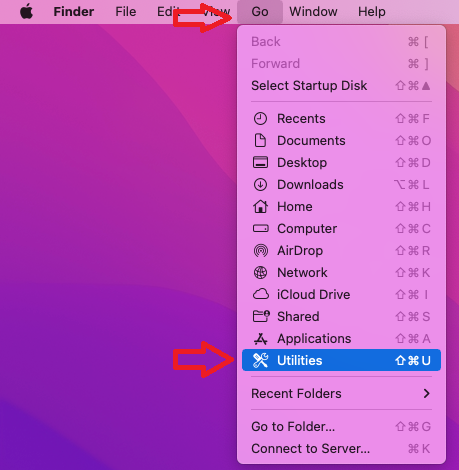

- Find Activity Monitor and open it


- Review all the processes in Activity Monitor and write down the ones related to search.deskactivity.com virus
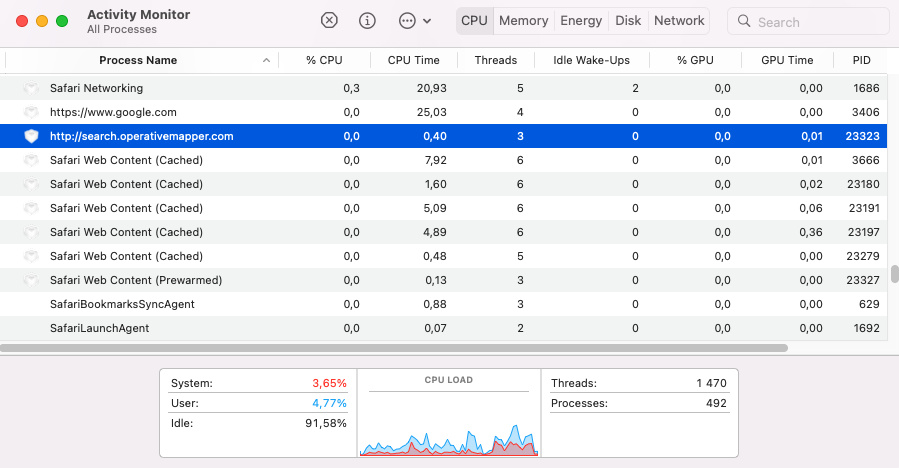

- Select Quit
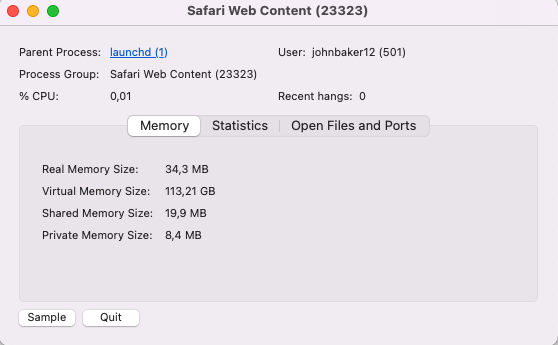

- To kill the malicious process, choose the Force Quit option.


Step 2: Remove search.deskactivity.com – related extensions from Safari / Chrome / Firefox
The first thing you need to do is to make sure Safari is not running. If you have troubles closing it, you may need to Force Quit Safari - (Start Activity Monitor by opening up Finder, then proceed to Application --> Utilities --> Activity monitor. Locate the Safari process and force quit it.
Safely launch Safari again by holding the Shift key and clicking on the Safari application icon - This will prevent Safari’s previously opened malicious web pages.
In case that you still are having trouble with scripts interrupting the closing of unwanted pages, please do the following:
- Force Quit Safari again.
- Disconnect form Internet and try again.
Then Re-Launch Safari but don’t forget to press and hold the Shift button to prevent pop-ups. Then, click on Preferences.


- Carefully take a look at your default home page and change it if the hijacker altered it.
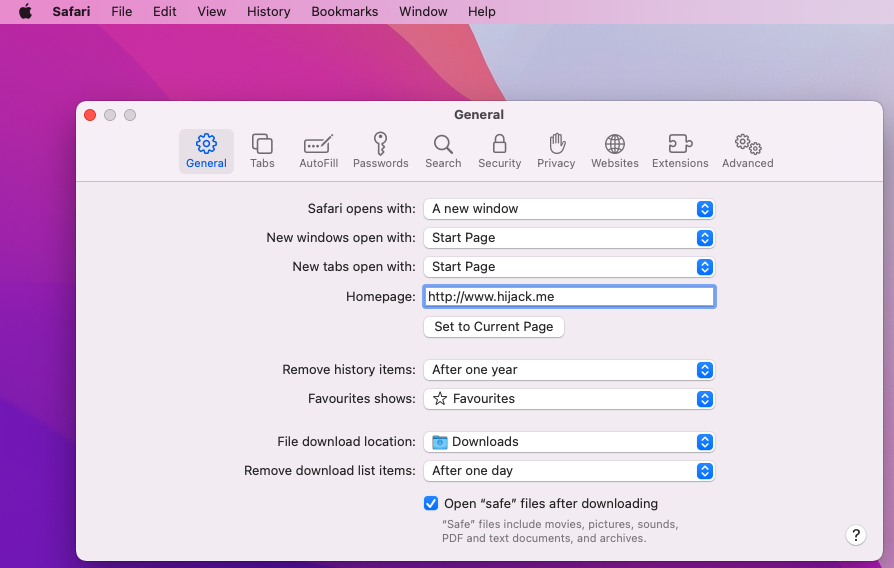

- Then go to the Extensions tab and make sure there are no unknow extensions installed.
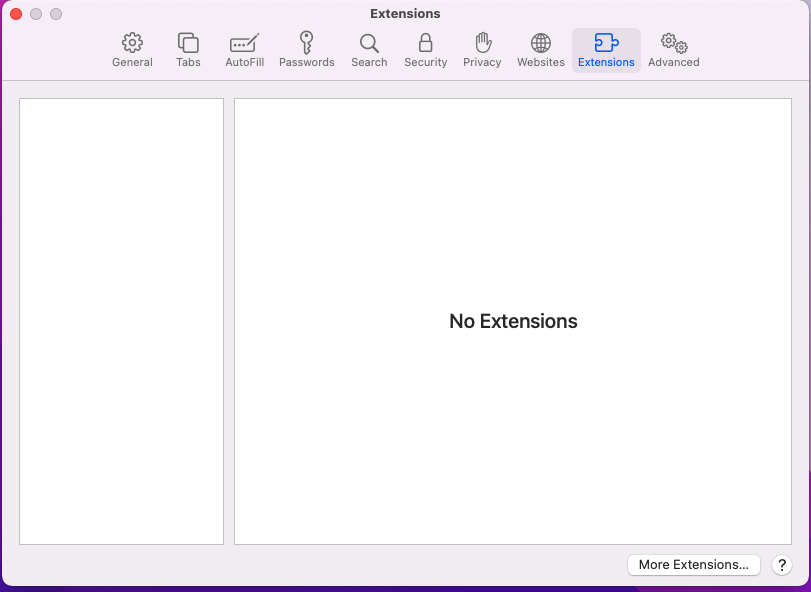

- Next step is to click on Privacy tab
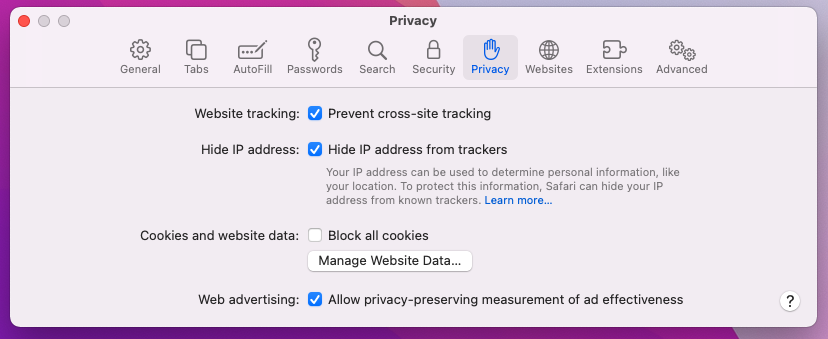

- Manage website data


- Here you can remove any unwanted website data or just remove them all. Please, keep in mind that after you do this all stored website data will be deleted. You will need to sign-in again for all websites that require any form of authentication.
- The next step is to Clear History (if you want), select the tab.
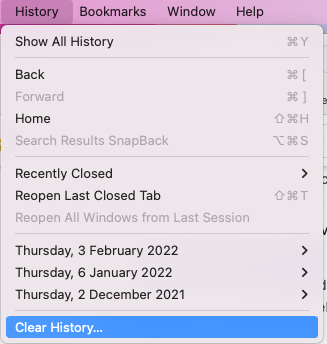

- Click the menu next to clear and choose a time period — if you want to completely reset Safari, choose all history.
- Press Clear History
- To remove from Chrome, open the browser and click the icon with the three dots located in the top-right.
- Select to More Tools --> Extensions and review what Chrome Extensions are present in the browser


- Remove the ones that you do not recognize.
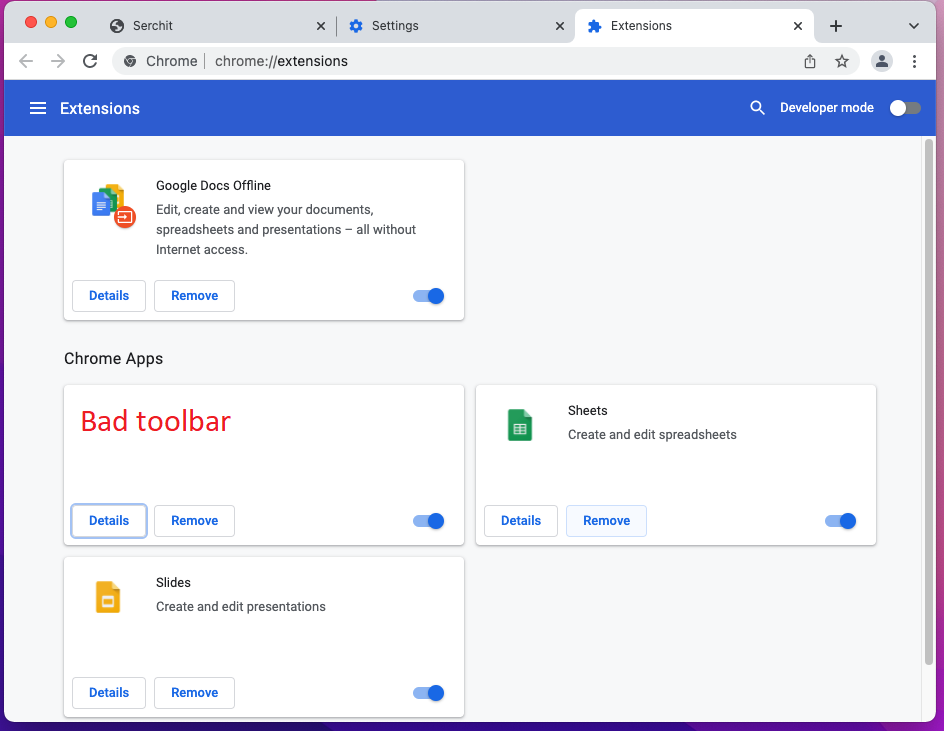

- If the parasite continues to disrupt your browsing with Chrome, this is what else you can do:
- Click again the menu of Google Chrome, and open Settings.
- Select the Search Engine from the left panel, review the available search engines and change the default to your preference.


- Then, click on Manage Search Engines, review the list of search engine availabilities and if any of the listed items looks suspicious, click the three-dots next to them, and delete.


- Click on Privacy and Security in the left panel, select the Clear browsing data option, check every box except the Passwords one, and click Clear Data.


- Next step is to clear Notifications, select the Site settings option in the Privacy and Security section, then locate Notifications.


- Review the listed websites in the Allow to send notifications section and if any of the entries shown there seem dubious or related to the browser hijacker, select the three dots next to the object and click on Remove.
- Start Mozilla Firefox
- On the top right click the three dashes
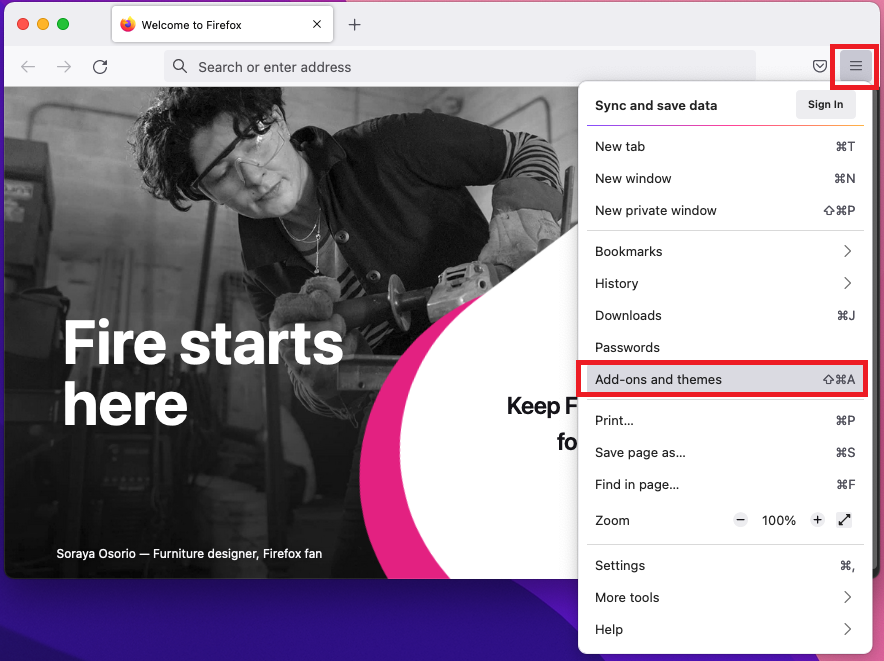

- go to add-ons and themes
- The add-ons manager will open
- Carefully review review four Firefox Extensions
- If any unwanted extension is present, click on the three horizontal dots and then Remove
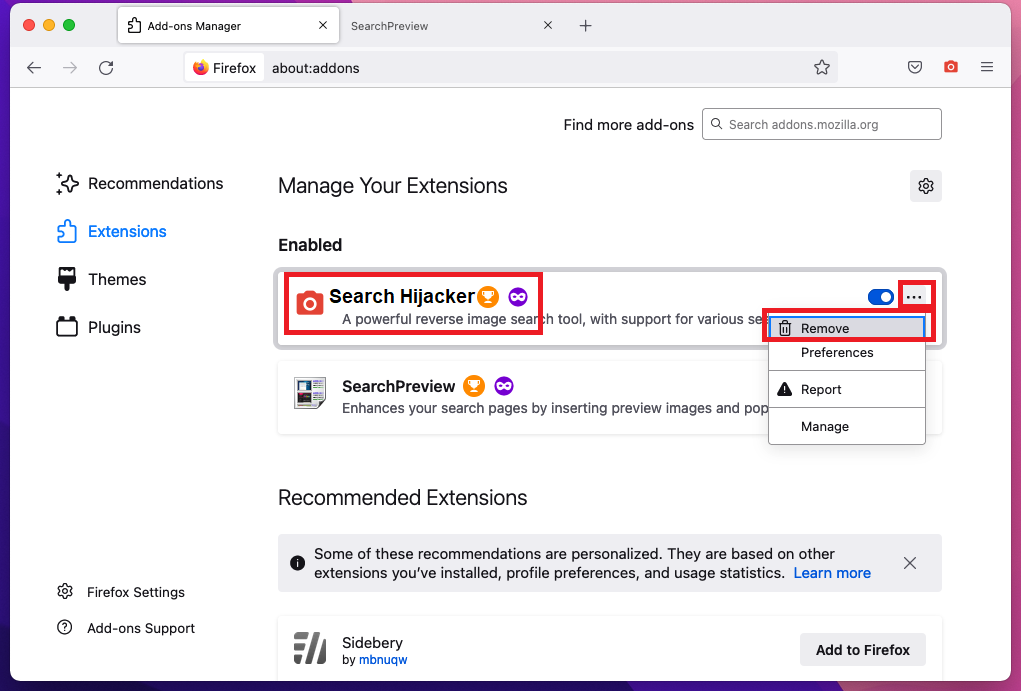

- After the extension is removed, restart Mozilla Firefox by closing it from the red dot in the top left and start it again.
Step 3: Scan for and remove search.deskactivity.com files from your Mac
Fix your browser settings with SpyHunter Anti-Malware
Once you download and install SpyHunter for Mac run a scan.
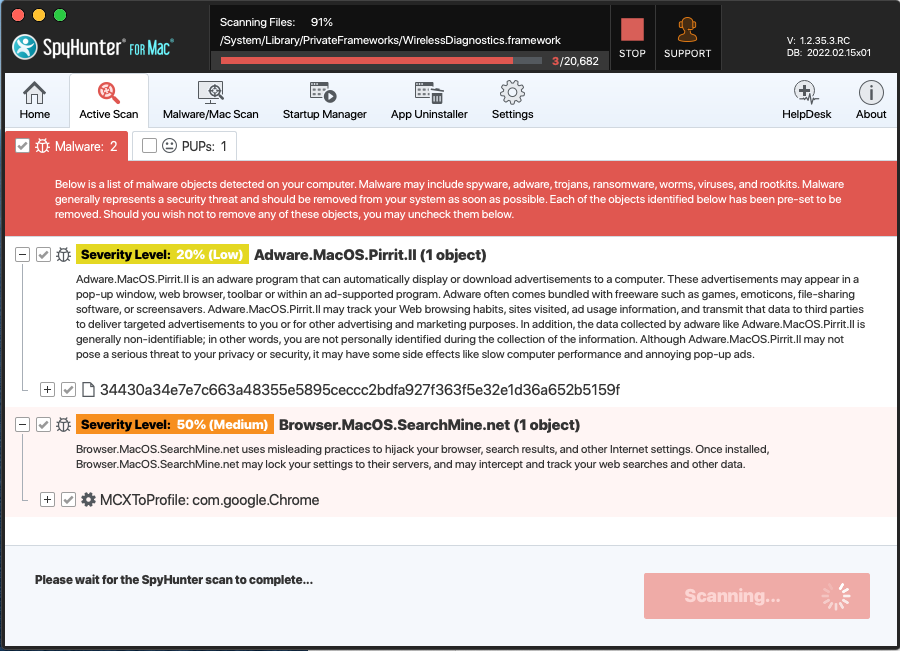

Once the scan is complete, your mac will be virus free.
search.deskactivity.com malware Frequently Asked Questions:
- How do I get rid of search.deskactivity.com?
search.deskactivity.com is a Browser hijacker – malicious software that can be installed by third-party applications or websites. They usually change the settings of web browsers and search engines to display certain ads, pop-ups, banners, etc.
- What are the symptoms of search.deskactivity.com infection in your Mac?
search.deskactivity.com becomes your web browser’s built-in search engine.
Your browser’ s search queries are redirected through search.deskactivity.com.com
The “search.deskactivity.com” browser extension or some shady software is installed on your Mac.
- How do I remove search.deskactivity.com from my browser?
In Internet Explorer, click the gear icon on the top left and select Manage add-ons. Under Add-on Types, select Search Providers. Select your search engine from the list of providers and click Remove to remove it. In Google Chrome, go to Settings (at the top right) and choose Search in the On Startup drop down menu.
- How do I uninstall search.deskactivity.com?
How to Make Your Mac Run Faster?
You might be wondering how to make your Mac run faster? It is a common misconception that the more processing power you have, the faster your computer will run. In reality, it’s actually about what’s going on in your processor and memory. For the average person using a computer for just general applications like word processing and web browsing, you don’t need much in the way of computing power.
– Use an SSD drive instead of a hard disk drive.
– Double your RAM if possible.
– Disable System Integrity Protection (SIP). (Attention! – do this only if you know the consequences.)
References:
- More about pop-up advertisements on Wikipedia.
- MacOS malware
- Information on Browser Hijackers
- SpyHunter Anti-Malware overview and also the reasons why we recommend it for malware elimination.
Please, have in mind that SpyHunter offers a free 15-day Trial version with full functionality. Credit card is required, no charge upfront.

